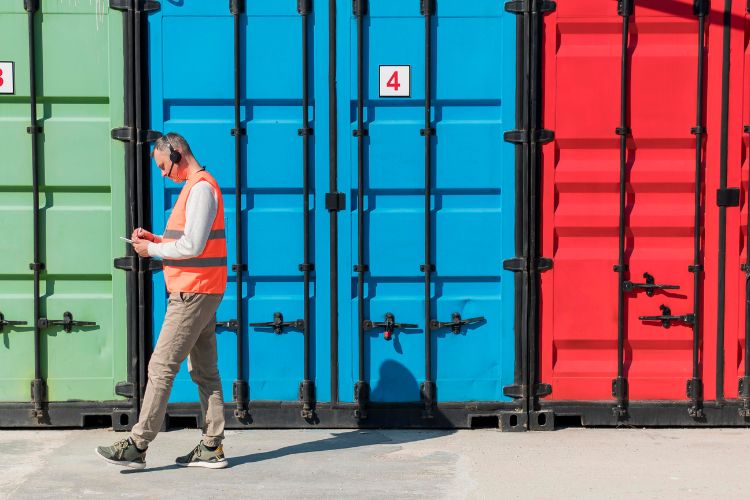Material handling and heavy machinery stabilization are critical in construction and industrial projects. A dependable cargo grip container in Saudi Arabia ensures safety, prevents ground damage, and supports equipment efficiently. But with diverse materials, sizes, and applications available, how can businesses select the most suitable option?
Understanding Cargo Grip Container Materials
The material choice affects durability, weight capacity, and environmental resistance. Key options include:
- High-Density Polyethylene (HDPE): Lightweight, UV and chemical-resistant, ideal for outdoor temporary setups.
- Reinforced Rubber: Superior grip and shock absorption, perfect for heavy equipment support.
- Composite Materials: Combines strength and flexibility, offering long-term durability in harsh conditions.
Selecting the right material depends on expected load, ground conditions, and frequency of movement. HDPE works well for lighter applications, whereas reinforced rubber or composite materials suit repeated heavy-duty use.
Size Variations and Load Capacities
Cargo grip containers come in multiple sizes and thicknesses to handle varying equipment weights. Small pads typically range from 1–2 meters, while larger mats exceed 4 meters. Thickness and material density determine maximum load capacity, critical for cranes, forklifts, and other machinery.
Factors to Consider When Choosing Size
- Equipment footprint and weight – larger, thicker pads for heavier machinery.
- Surface type – soft or uneven ground requires extended support.
- Ease of relocation – modular, lighter mats facilitate transportation.
Applications Across Industries
Cargo grip containers are versatile. Construction sites use them to stabilize cranes and machinery, logistics companies protect surfaces from container weight, and industrial plants employ them as temporary platforms or load distribution mats.
When sourcing a container pads manufacturer in Saudi Arabia, it’s crucial to communicate intended usage to ensure the pads meet operational needs effectively.
Innovations and Advanced Materials
Advances in composite and recycled materials have enhanced cargo grip containers’ strength, durability, and environmental friendliness. These improvements lower costs, extend lifespan, and boost safety at work sites. Learn more about material innovations in How Advanced Materials Are Transforming Construction Site Management.
FAQs About Cargo Grip Containers
1. Which materials are most durable for cargo grip containers?
Reinforced rubber and composite materials offer high durability, superior grip, and resistance to heavy loads and harsh environments.
2. How do I choose the right size for my operations?
Consider equipment weight, ground conditions, and movement frequency. Heavier machinery on soft surfaces requires larger, thicker mats.
3. Can cargo grip containers be used outdoors?
Yes, HDPE and composite mats are UV-resistant and built for outdoor environments, maintaining performance over time.
4. Are these containers environmentally friendly?
Many are made from recycled or composite materials, reducing environmental impact while providing long-term durability.
Final Thoughts
Selecting the right cargo grip container involves analyzing material, size, and application. Proper choices improve safety, protect surfaces, and enhance operational efficiency. Collaborating with a reliable Saudi supplier ensures high-quality, durable pads that meet the unique demands of construction, logistics, and industrial projects.



